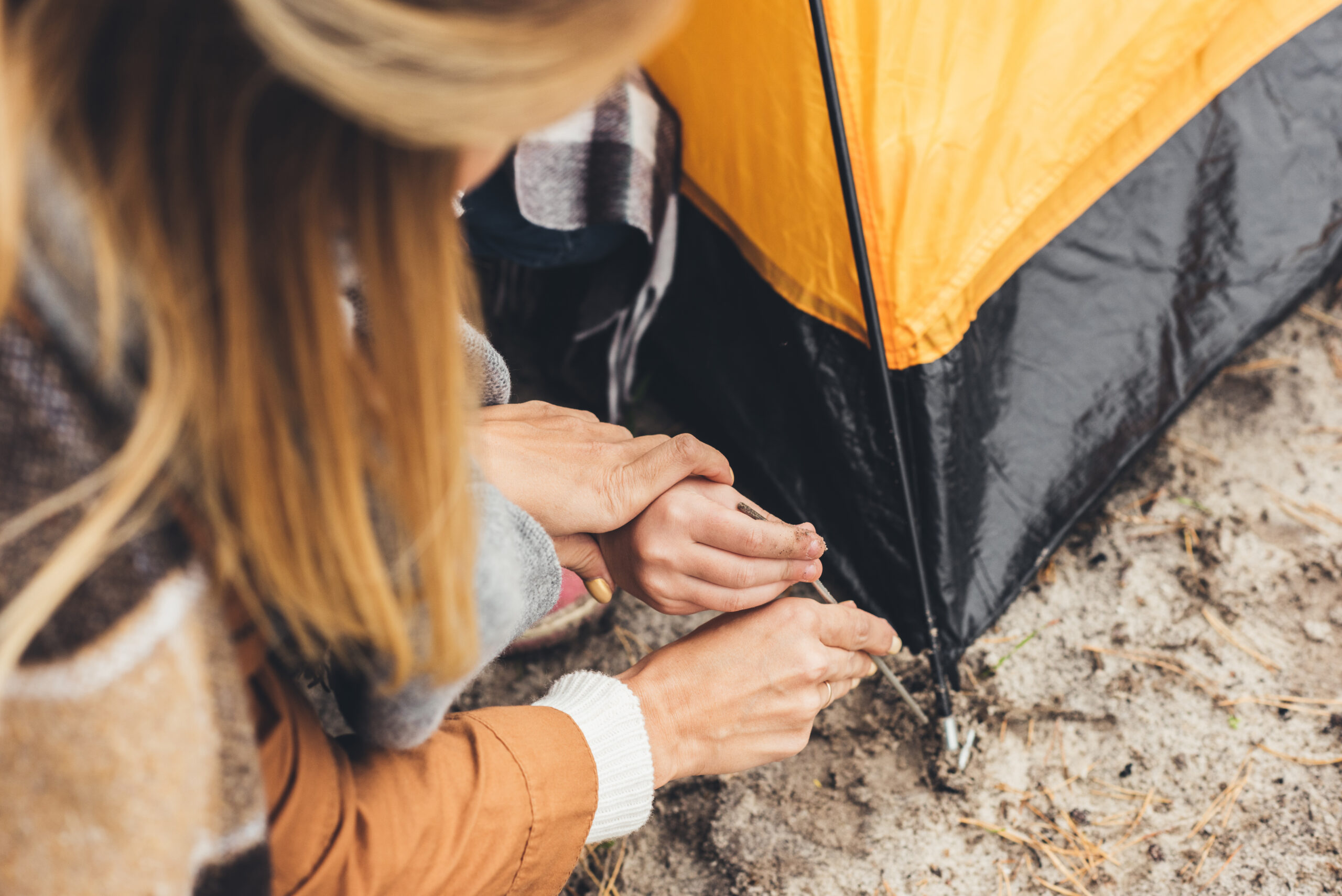
How To Put Up a Cabin Tent: Getting Your Cabin Tent Ready in No Time
Setting up a cabin tent might be intimidating, particularly for first-time campers. However, with the appropriate knowledge and a little preparation, you can master the setup procedure and enjoy the great outdoors without difficulty. This tutorial will help you through the procedures required to choose the correct tent and maintain it for long-term use.
Choose the Right Cabin Tent for Your Needs
Understanding Tent Types
Before organizing your adventure, make sure you’ve chosen the appropriate cabin tent. Consider size, weather resistance, and amenities such as vestibules or windows.
Evaluate Your Camping Needs
Consider how many people will use the tent and which characteristics are most important to you. Will you require additional storage space, a place for air mattresses, or built-in electrical ports?
Preparing Your Camping Area
Selecting the Perfect Camping Spot
When you arrive at your campground, search for a level surface devoid of rocks and roots. Ensure you are not in the path of potential risks, such as dead limbs or water flow.
Clearing the Ground of Debris
Once you’ve chosen a location, remove any debris, such as twigs, leaves, or sharp items, that could harm your tent or make sleeping uncomfortable.
Unpacking Your Gear
Laying Out the Tent Components
Before building your tent, remove all of its components. Familiarize yourself with the tent body, rainfly, poles, corner stakes, and other accessories.
Identifying the Tent Body and Rainfly
Check which section is the tent body and which is the rain fly. The rainfly adds additional weatherproofing, is usually larger, and has specific attachment points or hooks.
Checking for Missing Parts
Make sure you have everything you need to set up your tent. Check that all the stakes, poles, and other components are there.
Staking Down the Tent
Choosing the Right Stakes
Select stakes appropriate for your tent and the sort of ground you will be setting it on. Aluminum stakes are lightweight, but steel stakes can be more durable on rough terrain.
Proper Staking Techniques
Insert stakes at a 45-degree angle to ensure stability. Pull the tent fabric taut before attaching it to reduce water pooling and keep it stable in the wind.
Assembling the Tent Poles
Understanding Pole Configurations
Read the instructions to determine the pole configurations; tents may have different pole designs, such as A-frame or dome forms.
Techniques for Easily Connecting Poles
Some cabin tents come with color-coded poles or connectors to make construction easier. The poles should move and lock smoothly rather than being forced together.
Raising the Tent Structure
Attaching the Rainfly
If your tent requires a rainfly, be sure it’s properly secured. Position it to adequately cover the tent body, and double-check the alignment and attachment points.
Extending the Awning for Additional Shelter
If your tent has an awning, stake it out to provide additional shaded space or cover from light rain, ensuring it is taut.
Tips for Solo Tent Setup
As it may be simpler with a partner, you may effectively set up a cabin tent on your own by employing strategies such as bracing poles against tree trunks or using tent clips to hold components as you attach them.
Adjusting Tent for Weather Conditions
Preparing for Wind
In windy situations, face the tent into the wind, stake it down securely, and consider adding additional stakes or guylines for support.
Managing Rain and Humidity
To prevent leaks, ensure the rainfly is properly fitted and all zippers are shut. Ventilation is essential in hot and humid conditions, so keep the vents open to reduce moisture.
Enhancing Comfort Inside Your Tent
Adding a Tent Footprint
A footprint—a ground covering designed specifically for your tent—adds an extra layer of protection against moisture and ground debris, extending the life of your tent floor.
Utilizing Lighting Solutions
Proper illumination may transform your camping experience. Consider hanging LED lanterns or string lights from the tent ceiling to create a more inviting atmosphere.
Organizing Your Tent Space
Smart storage solutions, such as storage pockets or gear lofts, can help keep your tent organized. Position your gear at the entrance for quick access and tidiness.
Creating Sleeping Areas
If you’re camping with a bigger group, split the tent into sleeping zones with personal gear or movable dividers. This establishes designated spaces for everyone, which increases comfort.
Final Thoughts
Setting up a cabin tent may appear difficult, but it can be a straightforward and pleasurable experience with proper planning and a systematic approach. Whether you’re a seasoned camper or a first-timer, understanding the setup can dramatically improve your outdoor experience. Focus on waterproofing, good maintenance, and organization to enhance tent comfort.
FAQs
How can I keep water from leaking into my tent?
To avoid leaks, make sure your tent is correctly waterproofed. Use a rainfly, waterproof tape the seams, and put up your tent on raised ground if possible. Also, avoid putting your tent near trees that may drop water.
What is the best method for packing up a tent after use?
Begin by removing trash and cleaning the interior. To avoid damage, carefully take down the tent by following the reverse setup methods, removing pegs and packing it loosely in its storage bag. Allow it to dry thoroughly before storing it to avoid mold and mildew.
How can I care for my cabin tent to ensure its longevity?
After each use, clean your tent well, store it in a cool, dry location, and avoid prolonged exposure to intense sunlight. To extend the life of your tent, check it for damage regularly and fix any punctures or tears as soon as they occur.